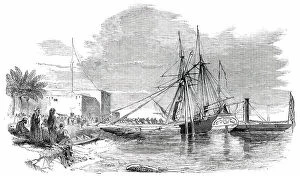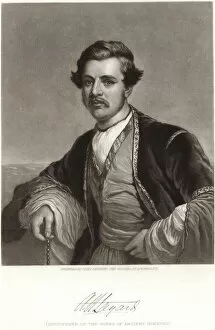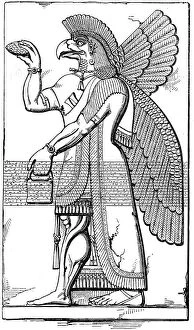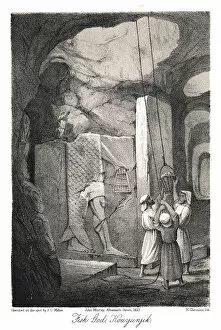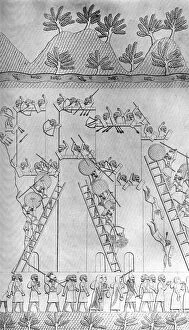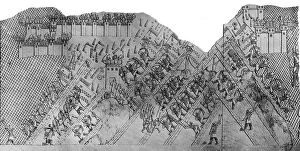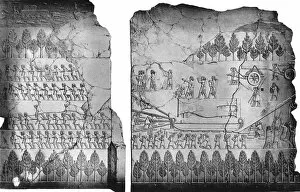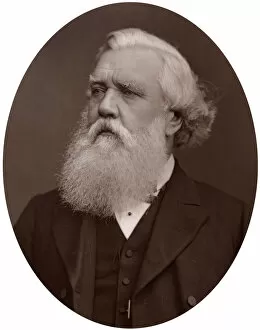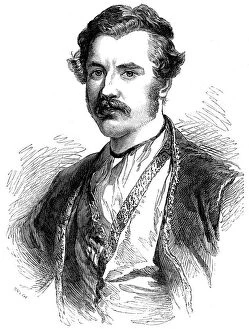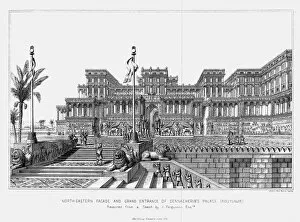Sir Austen Henry Layard Collection
Sir Austen Henry Layard was a renowned British archaeologist, politician, and diplomat who made significant contributions to the field of Assyriology
For sale as Licensed Images
Choose your image, Select your licence and Download the media
Sir Austen Henry Layard was a renowned British archaeologist, politician, and diplomat who made significant contributions to the field of Assyriology. His discoveries in ancient Mesopotamia shed light on the rich history and culture of the region. One of Layard's notable achievements was his discovery at Nimrud (ancient Kalhu) in Iraq. In an engraving titled "Une Decouverte par M Layard, a Nemroud, " we catch a glimpse of his groundbreaking excavation work. Another engraving showcases Sir Austen Henry Layard himself, capturing his dedication to uncovering ancient civilizations. Layard's passion for exploration extended beyond just excavations. In a lithograph depicting him dressed in Albanian attire, we see his fascination with different cultures and their traditions. The ruins of Asrum in Asia Minor were also explored by Layard during this time period. A photograph from around 1845 titled "Ruins of Asrum Asia Minor: Explored with Layard" highlights the collaborative nature of archaeological expeditions. Layard's expertise is evident in various artistic representations as well. An unknown artist captured the grandeur and mystique surrounding ancient Assyrian rituals through their painting titled "Procession of the Bull. " Additionally, several restorations based on Layard's findings showcase architectural marvels like "The Palace of Kouyunjik" and "The Palaces of Nimrud. " Not only did he focus on documenting architectural wonders but also depicted historical events such as assaults on cities like Lachish and depictions of Assyrians moving winged bulls - all dating back centuries before Christ. In recognition for his accomplishments, Lock & Whitfield created an exquisite portrait titled "Right Hon Austen Henry Layard DCL, " showcasing him as the British Ambassador to Constantinople in 1877. Austen Henry Layard remains an influential figure whose tireless efforts continue to shape our understanding of ancient civilizations.

